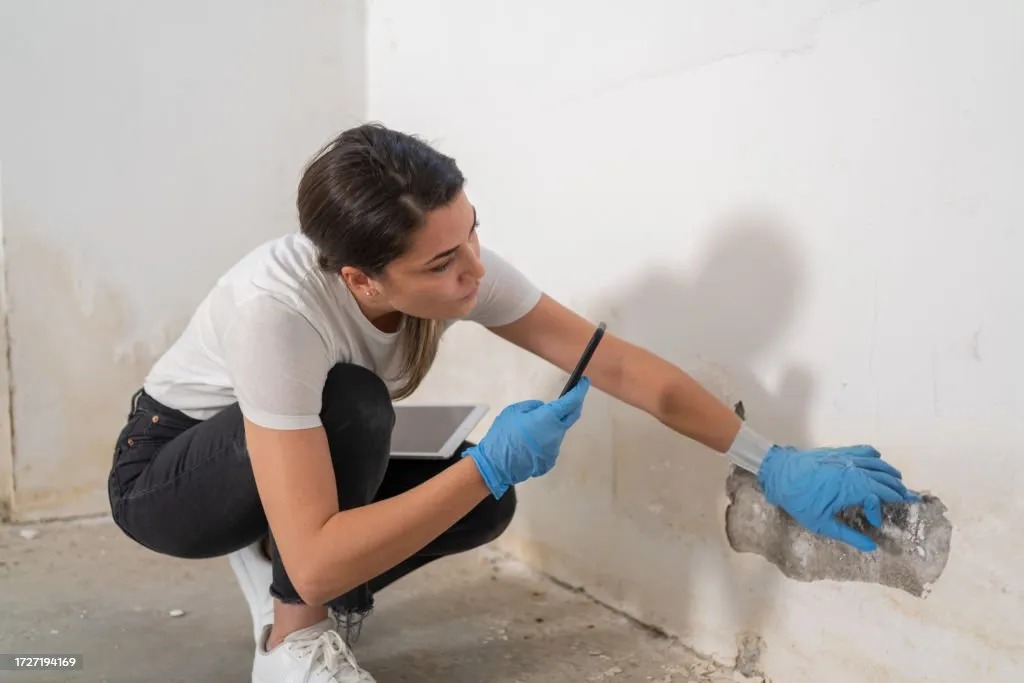Introduction
Chemical anchoring is a reliable method for securing fixtures and structures to concrete surfaces. Proper surface preparation is crucial to ensure maximum bond strength and overall effectiveness of the chemical anchor system. This guide outlines the essential steps to prepare concrete surfaces for chemical anchoring, ensuring optimal performance and longevity of your installations.
Why Proper Surface Preparation is Important
The effectiveness of chemical anchors relies heavily on the surface conditions of the concrete. Improper preparation can lead to inadequate adhesion, resulting in anchor failure. Factors that affect bond strength include:
- Surface cleanliness: Dust, oil, and debris can interfere with chemical bonding.
- Surface profile: A rough surface enhances mechanical interlocking.
- Moisture content: Excess moisture can weaken the bond.
Steps for Preparing Concrete Surfaces
1. Inspect the Concrete Surface
Before starting, inspect the concrete surface for any visible damage, such as cracks or spalling. Ensure the area is structurally sound and free from defects that could compromise the anchoring process.
2. Clean the Surface
Cleaning Methods:
- Mechanical Cleaning: Use tools like wire brushes, grinders, or sandblasters to remove loose concrete, dust, and contaminants.
- Chemical Cleaning: If necessary, apply a degreaser to eliminate oils or other residues. Rinse thoroughly with water.
Tip: Ensure the surface is dry before proceeding to the next step.
3. Assess the Surface Profile
For optimal bonding, the concrete surface should have a rough texture. If the surface is too smooth, consider using mechanical methods to create a suitable profile. This enhances mechanical interlocking and increases bond strength.
4. Check for Moisture Content
Excess moisture can hinder the effectiveness of chemical anchors. Use a moisture meter to check the concrete’s moisture level. If the concrete is too wet, allow it to dry or use a dehumidifier to speed up the drying process.
5. Apply a Bonding Agent (Optional)
In some cases, applying a bonding agent can improve adhesion. Choose a compatible bonding agent that works with your chemical anchor system. Follow the manufacturer’s instructions for application and drying times.
6. Final Inspection
Before installation, conduct a final inspection of the prepared surface. Ensure it is clean, dry, and free from contaminants.
Conclusion
Preparing concrete surfaces for chemical anchoring is a critical step in ensuring the success of your installation. By following these steps, you can enhance the bond strength and longevity of your anchors, providing a secure and reliable fastening solution.

